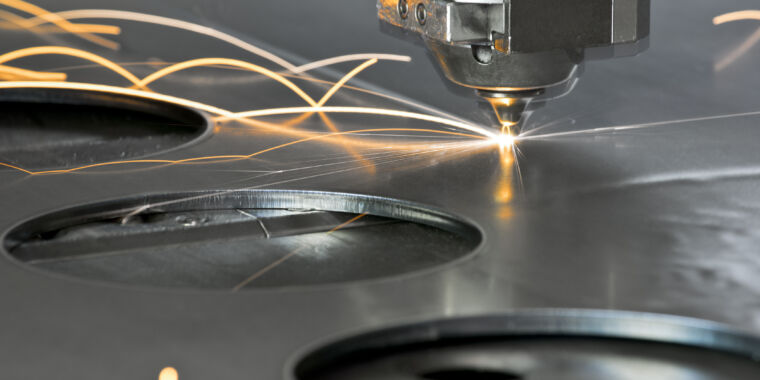After many long years of organized argument, the real time Linux kernel patch has now found its way into the mainline kernel and this is changing industrial automation, robotics and mission critical systems for good.

Unlocking Precision and Reliability
For years, people in industrial and automation development have constantly been struggling on how to optimally use Linux especially for their critical systems. Technologies e.g. laser welding, industrial robotics, and Mars rovers need accurate, and response time levels that are very high.
Then there was PREEMPT_RT, the real time Linux kernel patch that has now made its way to the mainline kernel. If that simplicity is not impressive enough, it means that developers will now build apps on a stable, real time Linux kernel, which has, up to this point, only existed in the realm of dreams for creative app developers’ .
Post PREEMPT_RT, developers are now able to meet the demands of executing processes in a deterministic, low-latency system. There is nothing business as usual for industries/code X where milliseconds is the difference between doing the operation or failing terribly.
Open-Source Freeing Real-Time Computation
Before this joining took place, the sphere of real-time Linux was more or less limited: only a few vendors offered some solutions for critical systems. There are companies like Ubuntu that are aware of the looming requirement for real-time systems and managed to present their own range of real-time Linux variants, although they would usually have been behind an on screen charge or on an additional charge.
Where PREEMPT_RT is concerned, it is also in the main line kernel, and hence no one has an advantage to the other. Regular Linux kernels can easily add the real-time aspect freeing the developers and industries from using realtime kernel only.
This is very pleasing for the open source developers mainly as it offers several new avenues for building new apps and new ideas. People, who were just hobbyists and loved the idea of using Linux to interface with control systems like industrial lasers and robotic systems can finally move closer to their dreams thanks to the availability of real time support.
In addition, by the removal of PREEMPT_RT from the category of out of the tree patches, maintenance of real time Linux systems becomes that much simpler too. The developers do not have to settle for out of tree patches or special purpose forks anymore since the function required is now integrated into the mainline Linux kernel.
Conclusion
Inclusion of real-time Linux into the mainline kernel is one of the great steps, which will be productive for both industries and developers. By providing a supported, predictable, and low-latency solution, Linux will be even more attractive for mission-critical applications like industrial automation and even robotic systems. This change not only makes real-time computing available to the masses but also opens doors to much more advanced and dependable Linux-based systems to come in the foreseeable future.
